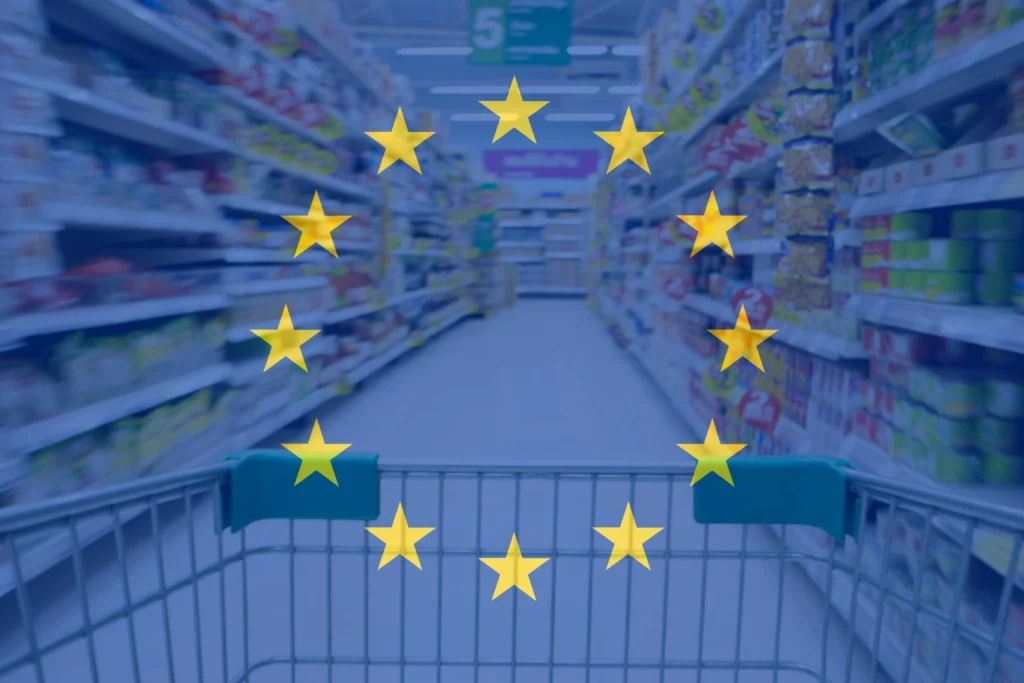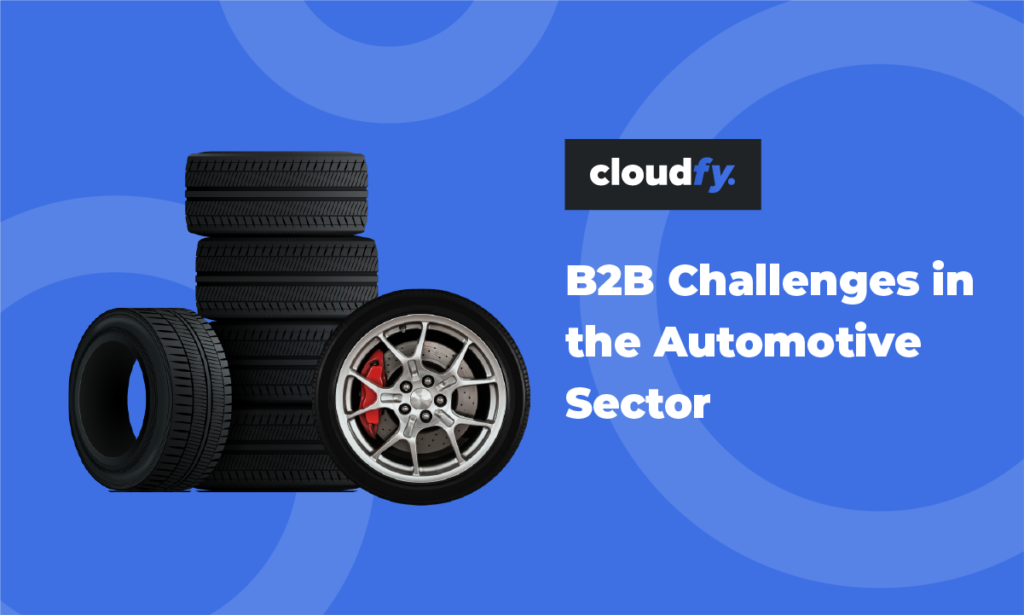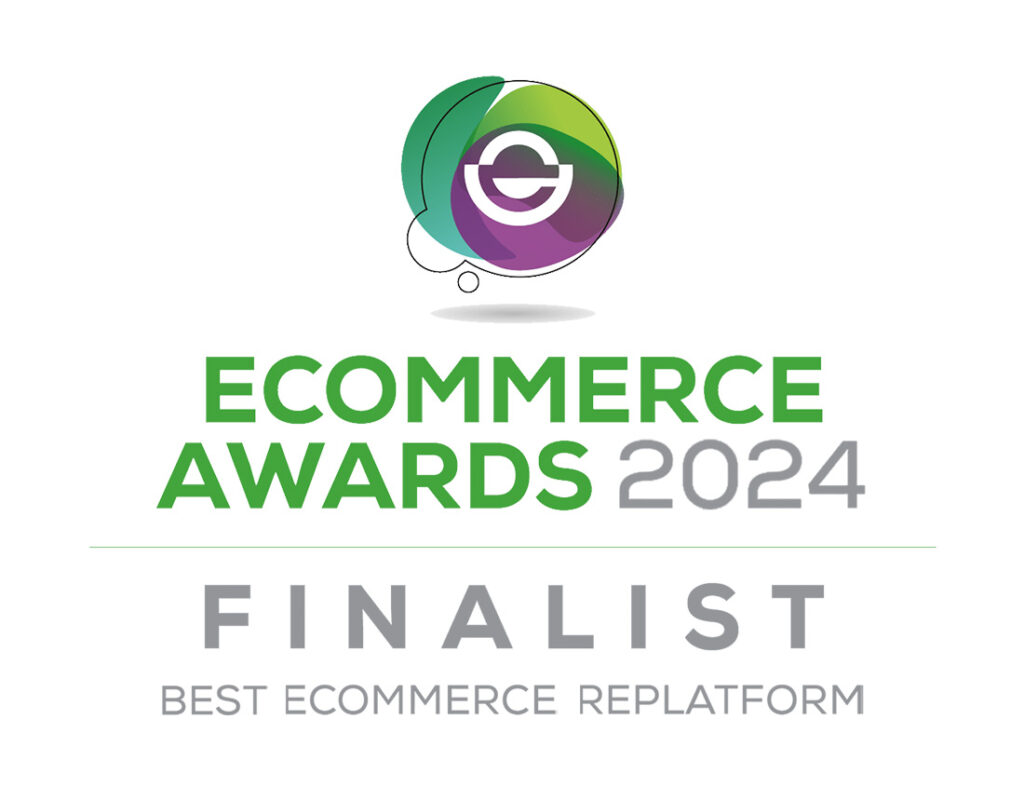Headless ecommerce gives you the flexibility to deliver an exceptional customer experience (CX), based on agility, innovative uses of technology, and personalization.
To keep pace with the rapid changes in online sales all your touchpoints with customers need to be coordinated with your back office systems. To remain agile in a fast-changing environment headless ecommerce uncouples your customers’ front-end experiences from your back-office systems and processes.
Your developers can innovate, test, review, and revise new approaches without the constraints of other business processes, which will be unaffected.
Focus on the customer journey
Your navigation, search fields, product listings, product images, and shopping cart, are all part of your customer’s journey. In traditional ecommerce businesses these are all supported in the background by business systems and processes that check stock availability, accept payments, confirm orders, and support fulfillment.
Historically your developers and internal users would all have to fit in to an organization-wide structure. A single change could have far-reaching implications for databases, coding, and web design. To minimize risks everything would need to be carefully planned and reviewed before implementation. This takes time and adds to costs while your customers are waiting for new and improved online experiences.
Established technology
The principles of the RESTful application programming interfaces (APIs) behind headless ecommerce solutions have been established for over 20 years.
Your content is held separately and made accessible to display on any device allowing you to create the best online experience for your customers independently of the technical restrictions of your back-office systems and processes.
With fewer constraints, developers can deliver world-class CX and advanced online journeys much more quickly and efficiently, without affecting your wider business.
You can choose developers with the best skills to create the buyer experience you want and they won’t need to know the detail of your background systems.
Equally, you can independently choose the best back-office systems to run your operations, while retaining leading-edge CX.
Meeting customer expectations
Interest in headless ecommerce is driven by the opportunity it provides to improve operational efficiency and the need to respond to customer expectations across multiple channels.
Using information about each customer’s buying behavior, you can create a multi-storefront approach by customizing their experience on mobile apps and social channels as well as on your online platform. Your developers can create different experiences tailored to screens, devices, and channels, with different layouts for mobile apps or even a smartwatch interface.
Security enhancements
While more people are buying online, they are also increasingly aware of the potential security risks this represents. Almost half of buyers say they are more concerned about fraud and data theft than before the pandemic. Almost two thirds say they are unlikely to do business with a company that has had sensitive data stolen.
Because APIs are used to deliver content in a headless ecommerce solution your platform is more resilient to online threats. Your headless content management system (CMS) is often on a different server, separating production, management and storage from distribution and display. With appropriate encryption and an additional security layer of code, your data can be protected from third-party attacks.
Integration with your business systems
Because headless ecommerce uses RESTful APIs to deliver content it is easier to create customized integrations with other platforms and business systems.
You can support your brand for any digital channel quickly and effectively to streamline customer service workflows, create new customer records, and monitor and manage transactions.
Is headless right for your ecommerce store?
For both business to business (B2B) and business to consumer (D2C) sales, the quality of online content is becoming a point of differentiation.
Headless ecommerce will allow you to innovate and create dynamic new content and unique user experiences. However, if you choose the headless option you will need to work with a developer and be willing to take responsibility for ongoing maintenance and management.
Mobile commerce accounts for over two thirds of total ecommerce sales and, according to Google, six out of 10 people start shopping on one device and finish shopping on another. Mobile responsiveness will make a difference to your sales and headless ecommerce combined with progressive web apps (PWAs) allows you to create and update unique app-like experiences for your customers, whatever device they use.
Headless ecommerce is worth considering for your business if you:
- use unique rules and ordering processes
- want to integrate existing enterprise systems with ecommerce
- already have an advanced CMS
- want to expand quickly
- have multiple brands and divisions.
If you are interested in finding out more about headless ecommerce for your B2B or D2C business, talk with one of our experts.






